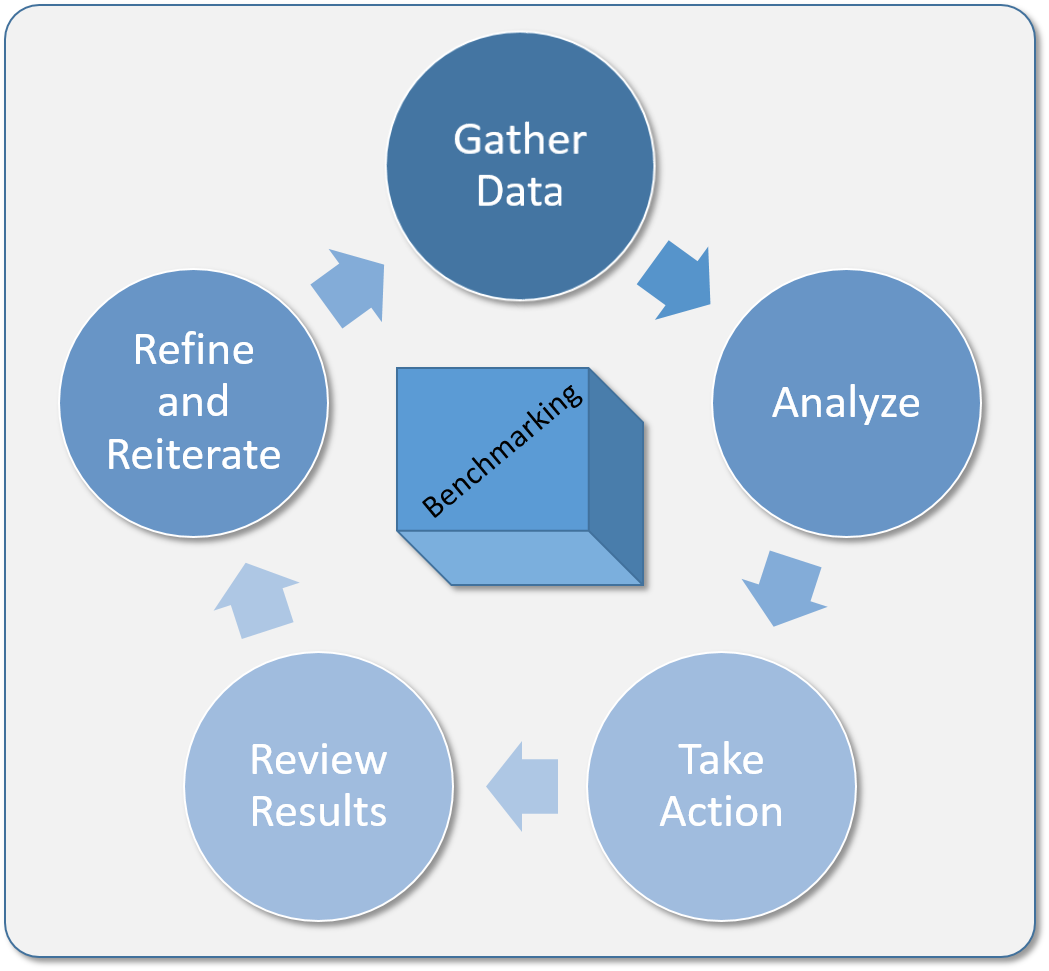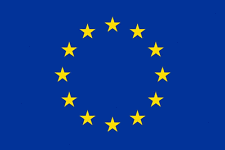 This collaborative and self‐taught tool will allow spreading the best energy efficiency strategies in water management among manufacturing companies as soon as they are identified. An easy‐to‐use software application that supports the self‐assessment methodology in energy efficiency is being developed. The application will be the interface that will guide companies to gather the information necessary for their level of energy efficiency self‐assessment. Patterns will be indicated in order to obtain information and to enter data into the application. The software application will be web‐based, scheduled in HTML5. The HTML5 allows easy development and enables its use with any type of computer support, independently of the operating system, and the type of software tool. This application can be used on both Windows based PCs and Apple computers, and tablets with IOS software, Windows or Android. Wherever necessary, the user interface should also be available for mobile devices. The identification of possible mobile data acquisition will be part of the requirements analysis process. The interface between the user and the web‐tool and the contents of the application will appear in a clear and simple way, providing intuitive navigation and access to the different sections and allow an easy way to answer the self‐assessment criteria.
This collaborative and self‐taught tool will allow spreading the best energy efficiency strategies in water management among manufacturing companies as soon as they are identified. An easy‐to‐use software application that supports the self‐assessment methodology in energy efficiency is being developed. The application will be the interface that will guide companies to gather the information necessary for their level of energy efficiency self‐assessment. Patterns will be indicated in order to obtain information and to enter data into the application. The software application will be web‐based, scheduled in HTML5. The HTML5 allows easy development and enables its use with any type of computer support, independently of the operating system, and the type of software tool. This application can be used on both Windows based PCs and Apple computers, and tablets with IOS software, Windows or Android. Wherever necessary, the user interface should also be available for mobile devices. The identification of possible mobile data acquisition will be part of the requirements analysis process. The interface between the user and the web‐tool and the contents of the application will appear in a clear and simple way, providing intuitive navigation and access to the different sections and allow an easy way to answer the self‐assessment criteria.
A key aspect of the implementation is to facilitate self‐assessment benchmarking between companies. This comparison shall be made anonymously, and each company will know their position in the ranking of energy qualification, and also other types of indicators such as: sector, technology used, product line, etc. Based on the comparisons and results benchlearning actions will be organised. In that way, the application will be supplemented with a single database and results of each company will be stored centrally and anonymously. The data will be treated according to European data protection laws. The type of information to be stored sets up the requirements for structure and definition of the database. Here, modern database technologies, like object oriented databases, will be evaluated in order to provide an as flexible as possible approach for the benchmarking process. Using existent comparative algorithms the stored data will be sorted and ranked. This will facilitate the tasks of creating rankings among companies, and better results detection. This database will be alive, continuously improving its quality as more companies use it. The quality of the information gathered will be analysed to detect non‐quality information or a bad use of the EMSA tool.

